One newspaper headline at the time warned, “Well in the Morning and Dead at Night.”
It was autumn of 1918 and Maine was in the grip of a vicious flu pandemic more deadly than any that had preceded it.
Unlike other strains of the virus before or since, the “Spanish Flu” outbreak spared no age group – not infants, children, seniors or adults in the prime of their lives. It wiped out entire families, eventually claiming about 675,000 people in the United States and at least 50 million people worldwide, according to the U.S. Centers for Disease Control and Prevention.
In Maine, more than 5,000 of the state’s roughly 750,000 residents died, according to the Maine Historical Society.
It was under these dire circumstances that the Portland health care institution now known as Northern Light Mercy Hospital was opened 100 years ago Wednesday by the Catholic Church under the direction of the Religious Sisters of Mercy.
According to the Maine Historical Society, the first confirmed case of Spanish Flu in Maine was a patient admitted to Portland’s Maine General Hospital, now Maine Medical Center, on Sept. 19, 1918. That prompted the hospital’s administrators to establish an isolation ward to protect the general population from the Spanish Flu, so called because Spain, having remained neutral in World War I, was the first country to freely report flu activity.
By mid-October, Maine General had packed its old surgical amphitheater with flu patients and was having great difficulty finding space for newcomers. By Oct. 24, 1918, more than 8,200 cases of the flu had been reported in Portland, and roughly 200 patients had died.
“The existing health care community just wasn’t able to handle the influx,” said Jamie Kingman Rice, director of library services at the Maine Historical Society’s Brown Research Library. “(The flu) affected people across the state, but Portland was hit particularly hard.”

1931: A class photo from the School of Nursing at Queen’s Hospital, the original name of the institution run by the Sisters of Mercy.
There were so many flu cases in Portland’s Italian quarter that St. Peter’s Church was filled with beds for people quarantining their infected relatives, according to Kingman Rice’s research.
Religious leaders in the city held open-air services to prevent infections from spreading. Many indoor gathering places were shut down, including schools, theaters and churches. In some areas, residents tagged their homes with white cards or red letters warning people not to enter because of the infected occupants inside.
NUNS AT THE FORE
At the time, Bishop Louis Walsh of the Roman Catholic Diocese of Portland was upset that the local health board had ordered all churches to be closed while paper mills and other places of business were allowed to remain open.
“The bishop in Portland kind of ignored it in the beginning, but eventually they all sat down and talked it out, and compromised,” said Sister Ellen Turner of the Sisters of Mercy in Portland. “And the bishop finally said, ‘If I open a hospital, will you leave the churches open?'”
Portland resident Marion Weeks, the daughter of a distinguished surgeon, donated a portion of her property at the corner of Congress and State streets for the hospital. But Bishop Walsh still had no staff, so he sought help from the Sisters of Mercy.
“He needed a workforce, so he went out to see the reverend mother at the time, and asked her for four or five sisters to come in and run the hospital,” Turner said. “And you do not say no when the bishop asks you to do something.”
The facility opened with 25 beds on Dec. 12, 1918, under the name Queen’s Hospital, in honor of Mary, Jesus’ mother.
During its first year of operation, the hospital admitted 360 patients, according to the Maine Historical Society. Demand for trained nurses led to the opening of a nursing school at the hospital in 1920.
That year, an increase in patients led Bishop Walsh to arrange for the purchase of a large building on State and Deering streets, which soon opened as a maternity department. The Catholic diocese later acquired all of the buildings behind the Weeks house between Congress and Deering, and the hospital was expanded further.
Like other Catholic hospitals at the time, Queen’s Hospital was unusual in that it was run primarily by women, said Sister Mary Morey of the Sisters of Mercy in Portland.
“There was a time, even in our lifetime, when the administrator of the hospital, the CEO, was a Sister of Mercy, the (chief financial officer) was a Sister of Mercy, the head of the nursing school and all the departments (were Sisters of Mercy),” Morey said.
INCREASING CAPACITY
In 1941, Portland’s continued growth led to the need for another hospital expansion, prompting the sisters to purchase the property at 144 State St. to increase capacity. They also were granted additional control from the diocese over management of the facility. To reflect the transition, Queen’s Hospital was renamed Mercy Hospital in 1943.
Longtime Mercy employee Leah Davis said her mother always had wanted to work at the hospital since graduating from nursing school in 1943. Twenty years later, she finally got her chance and ended up serving as the hospital’s night nursing supervisor until 1985.
Davis followed in her mother’s footsteps and joined Mercy in 1974. Now the manager of imaging services, she started as a candy striper, the name for young hospital volunteers, before attending college in Lewiston to further her medical career.
“I finished my 44th year in October of this year, so I’m into my 45th,” she said. “I haven’t known anything other than Mercy. I was 9 years old when my mother started working here.”
The hospital has undergone tremendous changes over the past 45 years, Davis said, as has the health care industry as a whole. The Sisters of Mercy no longer oversee the hospital’s day-to-day operations, she said, but they do serve on its board of trustees, and their vow of service to aid the sick and the helpless still carries through to this day.
“The sisters, they are very, very special people,” Davis said. “They taught me the value of human life, and the value of managing your resources and your money well.”
CONTINUING CHANGE
Even more changes are on the horizon for Mercy, which recently added Northern Light to its name when its parent company, Eastern Maine Healthcare System, was renamed Northern Light Health in September.
The hospital’s board chairman, Chris Howard, said Mercy has gone through financial challenges in recent years but is now in a better position. It reported a $1.5 million budget surplus for its most recent fiscal year after several years of budget shortfalls.
“The hospital’s really never been in a better position from a momentum point of view,” Howard said.
Mercy’s leadership is selling its current property on State Street and working on relocating the hospital to a new campus along Fore River Parkway in Portland. The move is expected to occur within the next three years.
In October, Mercy officials announced that they had raised over $10 million in private donations out of a $20 million goal to fund the construction of a new hospital on the Fore River campus.
Hospital President Charlie Therrien said Mercy staff has engaged in numerous activities to celebrate the 100-year anniversary, and it recently partnered with the Maine Historical Society to create a website that showcases stories and photos from the hospital’s past.
“Health care has changed so much over the last 100 years, and it’s going to continue to change,” Therrien said.
J. Craig Anderson can be contacted at 791-6390 or at:
Twitter: jcraiganderson
Copy the Story LinkSend questions/comments to the editors.


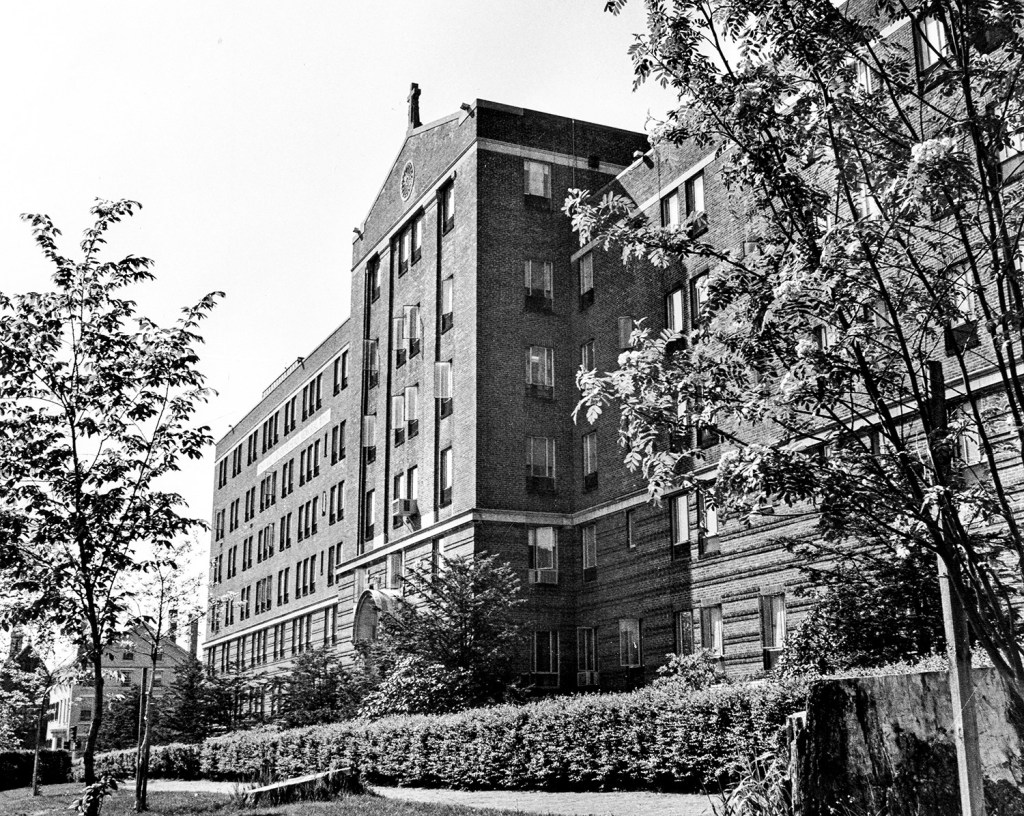
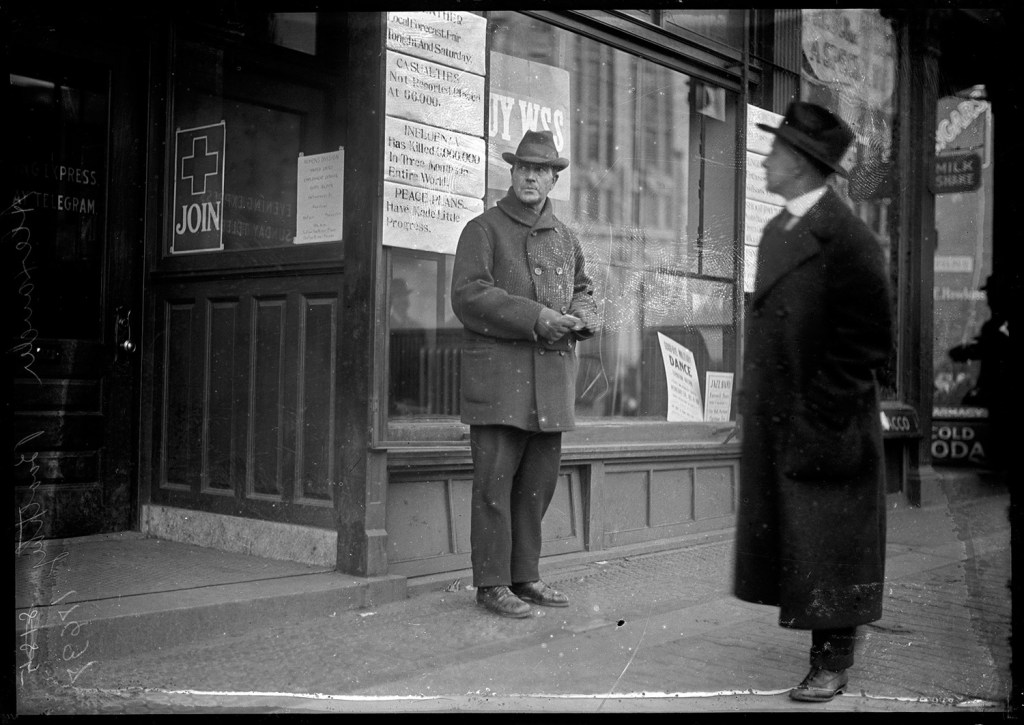
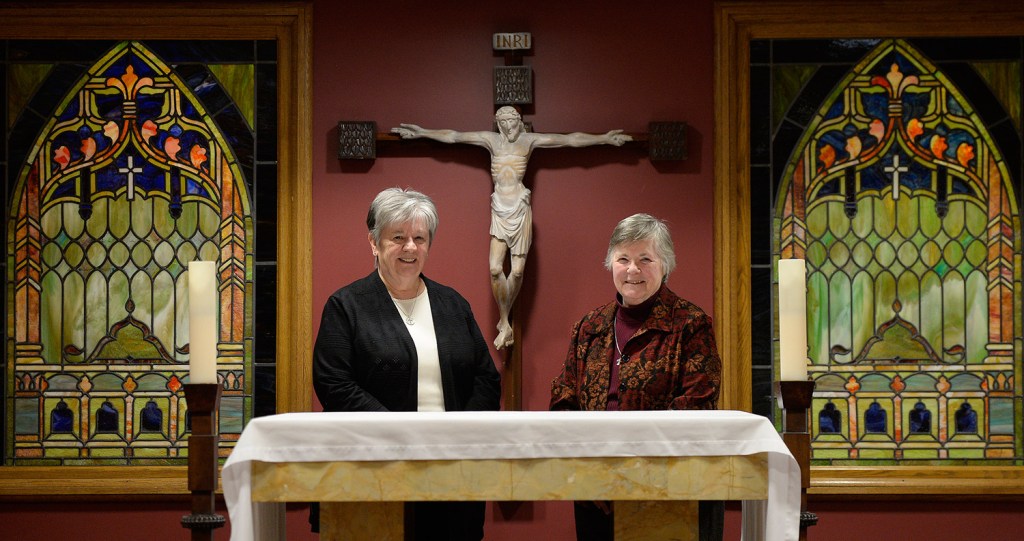
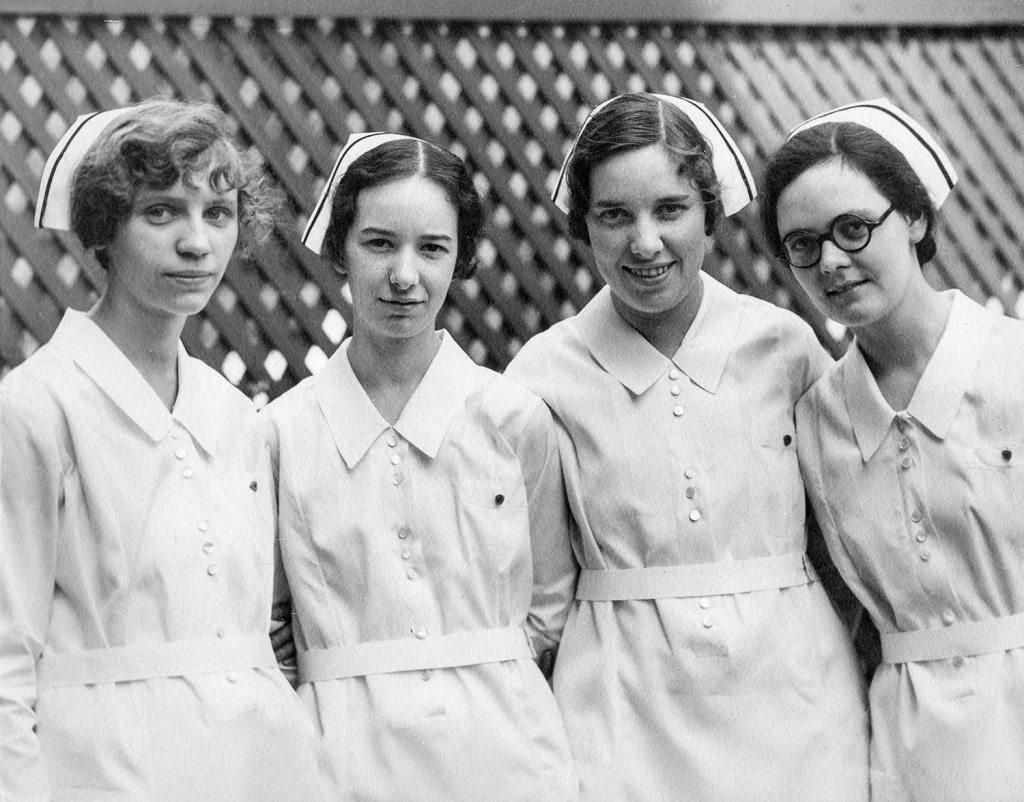
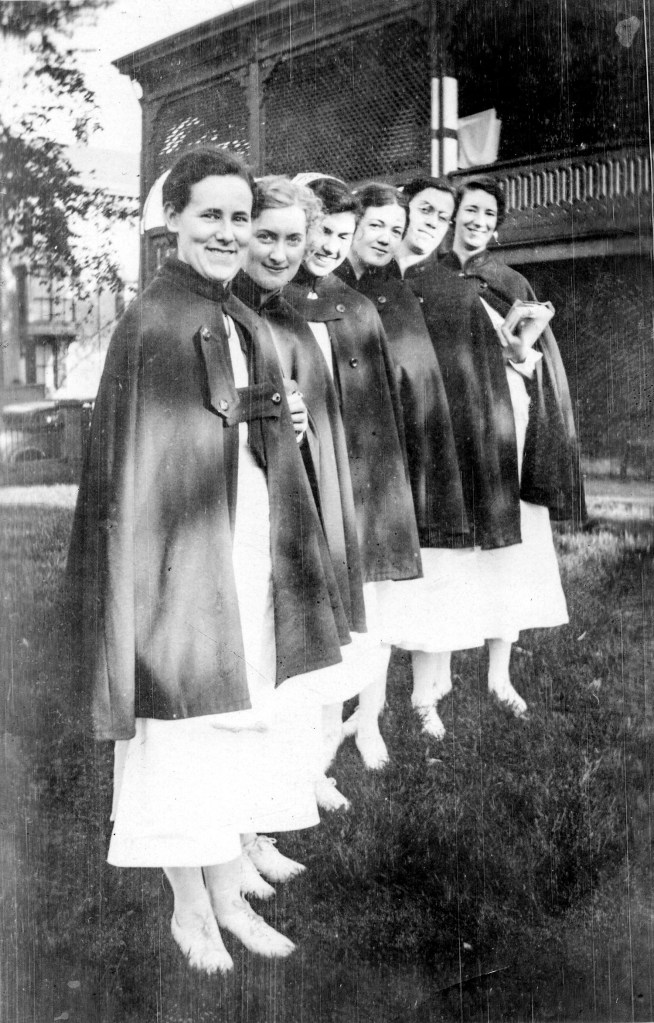
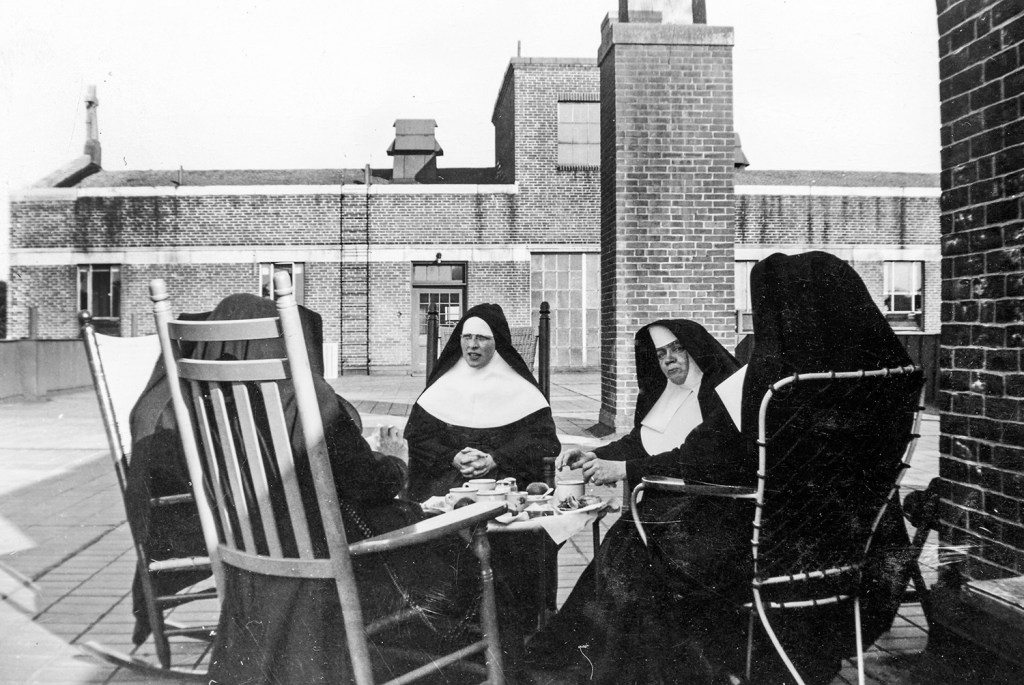
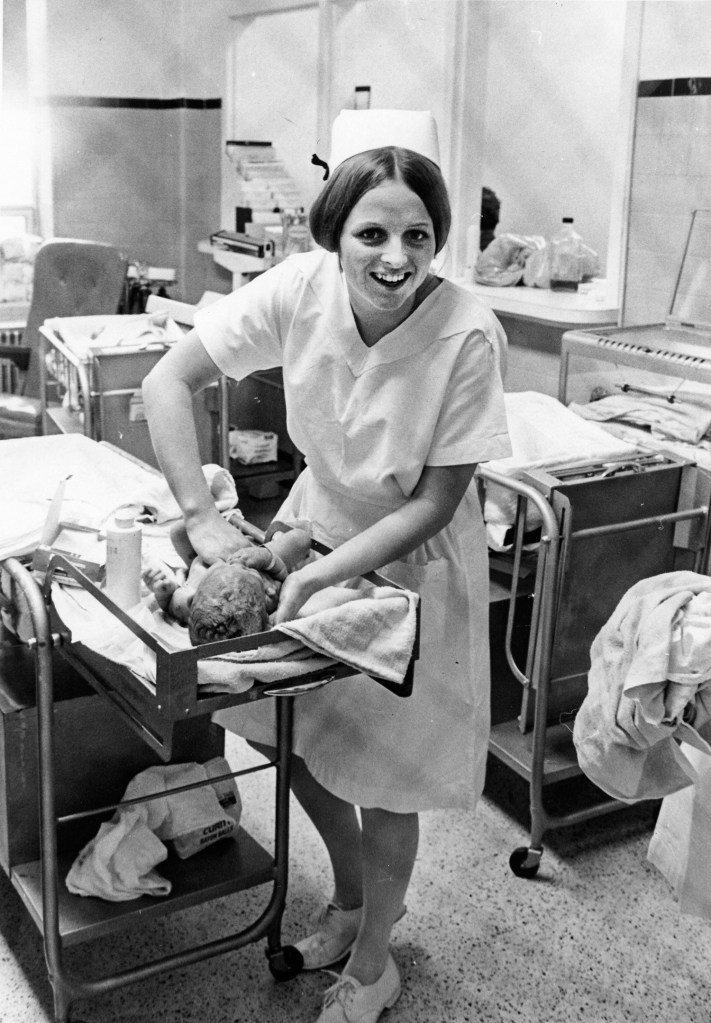
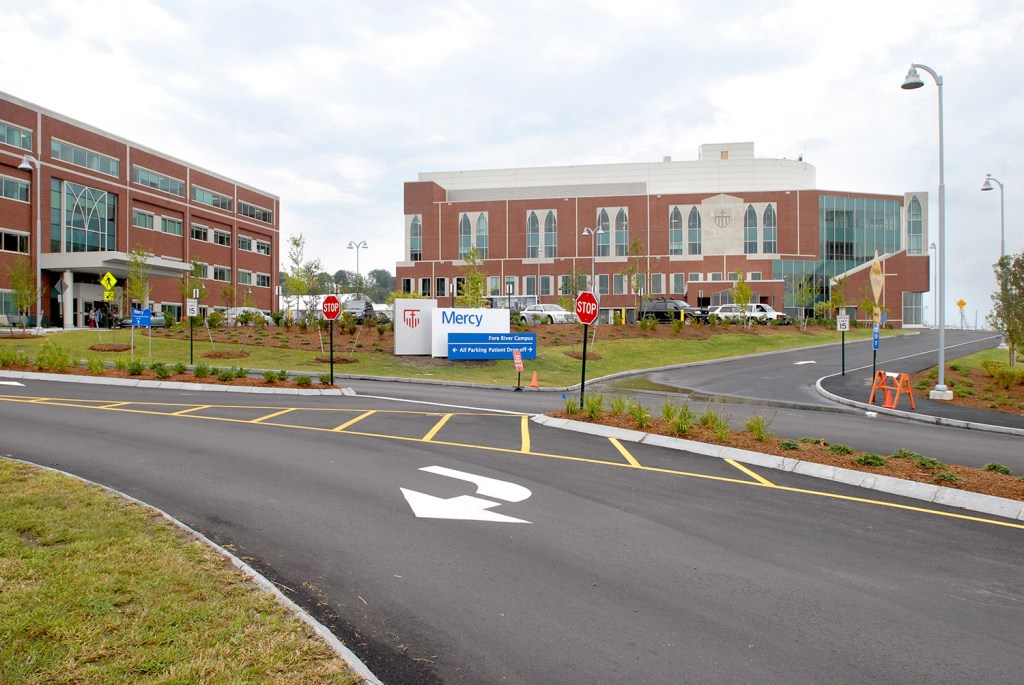
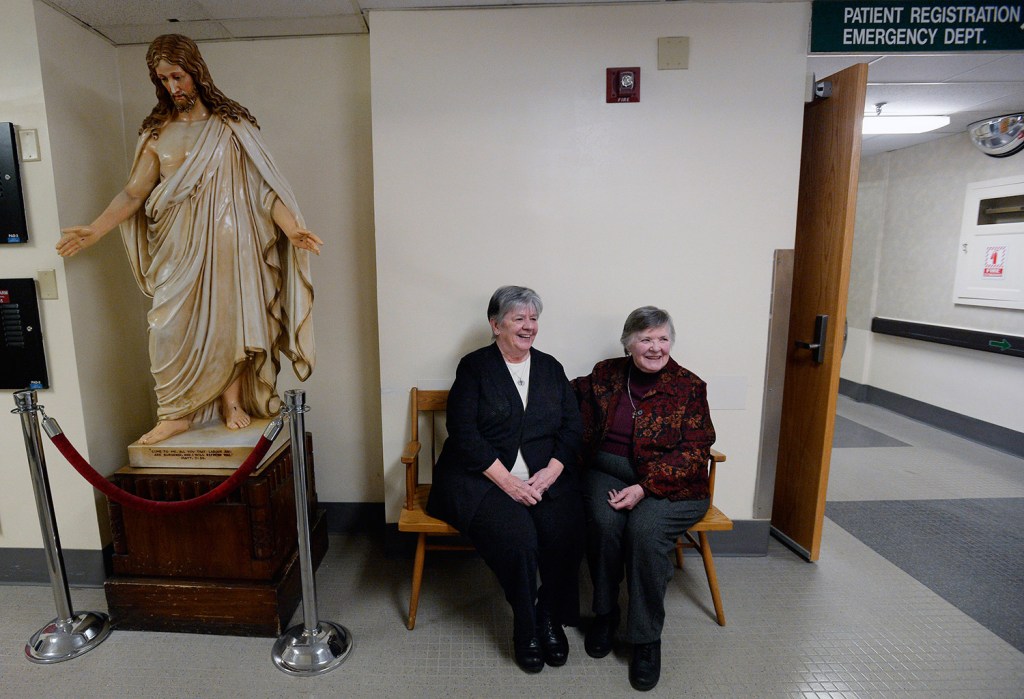

Success. Please wait for the page to reload. If the page does not reload within 5 seconds, please refresh the page.
Enter your email and password to access comments.
Hi, to comment on stories you must . This profile is in addition to your subscription and website login.
Already have a commenting profile? .
Invalid username/password.
Please check your email to confirm and complete your registration.
Only subscribers are eligible to post comments. Please subscribe or login first for digital access. Here’s why.
Use the form below to reset your password. When you've submitted your account email, we will send an email with a reset code.